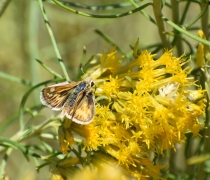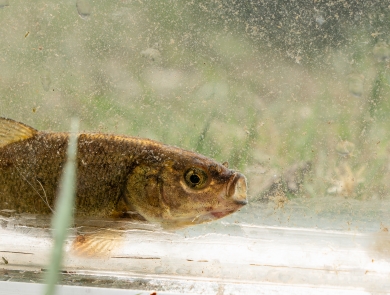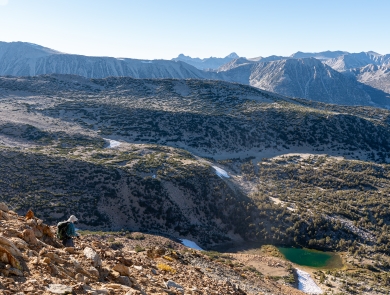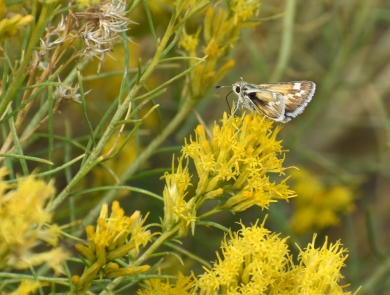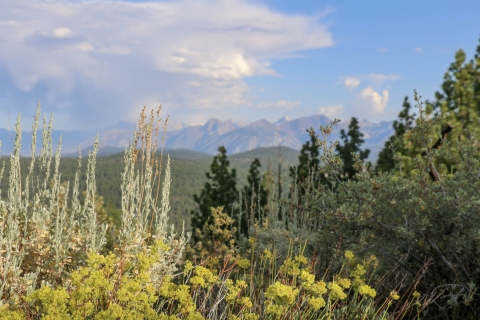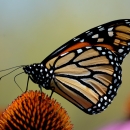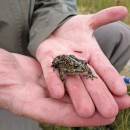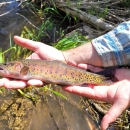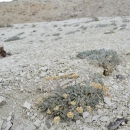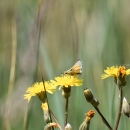About Us
Our office
We work with partners including federal, state, private landowners, tribes and non-governmental organizations to implement conservation actions and promote healthy habitat to support and recover at-risk species and species listed under the Endangered Species Act.
Across our office area, our work with private landowners helps conserve or recover listed species, and other wildlife species, through habitat restoration projects and technical and financial assistance on private land.
What We Do
The Reno Fish and Wildlife Officeis responsible for supporting the recovery of 25 endangered and threatened species found in northern Nevada, near Lake Tahoe and in the Eastern Sierra Nevada. Our goal is to help federally threatened and endangered plants and wildlife recover to healthy population levels and to prevent new species from needing the protections of the Endangered Species Act through proactive conservation. Working with our partners, we focus much of our work in sagebrush sagebrush
The western United States’ sagebrush country encompasses over 175 million acres of public and private lands. The sagebrush landscape provides many benefits to our rural economies and communities, and it serves as crucial habitat for a diversity of wildlife, including the iconic greater sage-grouse and over 350 other species.
Learn more about sagebrush country including Nevada's precious riparian riparian
Definition of riparian habitat or riparian areas.
Learn more about riparian and spring systems, where the majority of sensitive wildlife and plant species are found.
For a deeper dive into the Reno office's work and accomplishments, check out our recent Years in Review:
Or take a look at some of our work and species in the field by visiting our image library.
Our Organization
Our Species
The Reno Fish and Wildlife Office works toward the recovery and conservation of more than 20 federally protected species in northern Nevada and the Eastern Sierra. Through our partnerships with Tribes, federal and state agencies, and NGOs we enact conservation efforts and gather important information about each of these species to best inform management actions.
Our office takes the lead on these efforts within the Service for the following species:




